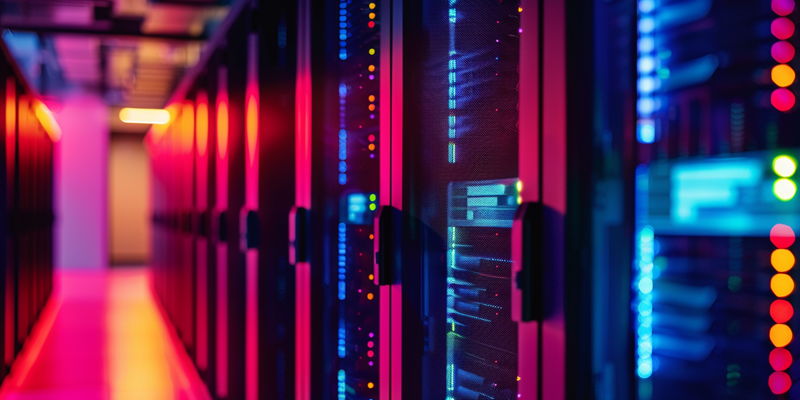The exponential growth in artificial intelligence (AI) capabilities is driving an unprecedented surge in data processing needs, putting a substantial strain on the world’s data centers. These technological powerhouses are on the brink of a significant challenge as they struggle to meet the surging demand for electricity necessary for advanced AI applications and cryptocurrency mining. This power shortage crisis looms just 18 to 24 months away, according to industry experts, raising alarms across the sector. As companies forge ahead in the AI revolution, the looming power deficit holds critical implications for the continuous advancement and deployment of these cutting-edge technologies.
The Imminent Power Shortage in Data Centers
The data center industry is bracing for an impactful scarcity of power that could significantly hinder operations. Fueled by the intricate electricity needs of burgeoning AI developments, seeking sufficient power has become an urgent mission. Marc Ganzi, CEO of DigitalBridge, a firm deeply embedded in the construction of digital infrastructure, highlights the severity of the power shortage facing data centers. The gravity of the situation is further evidenced by reports from TD Securities financial analysts who have pointed out lengthy delays in securing necessary power permits for new facilities. Regions such as Silicon Valley are currently witnessing extreme wait times that can extend up to an astonishing seven years just to get the green light on energy provisions.
Strained Power Grids and Regulatory Hurdles
The existing power grids find themselves buckling under the escalating demands of data centers. These grids, bound by aging technologies and snarled by dense regulatory frameworks, are struggling to provide the robust electrical support required for the growing digital economy. Across the Atlantic, in key European data hubs like Frankfurt and London, the problem intensifies with permit acquisition processes dragging on for as long as eight years. This not only raises questions about the efficiency of current systems but also calls for urgent action in terms of regulatory reforms and enhancements in infrastructure to bridge the energy supply gap in the face of an unstoppable technological tide.
Prioritizing Green Energy in Data Processing
In light of the alarming rate at which power consumption by data centers is escalating—having accounted for 2% of the world’s electricity in the year 2022 according to the International Energy Agency (IEA)—there is a pressing need to pivot towards green energy. Mainstream media outlets, including prominent names like The Washington Post and The New York Times, have foregrounded the challenge of marrying AI progress with sustainable practices. To counteract the impending crisis and uphold environmental obligations, data centers are actively seeking energy solutions. These range from positioning near renewable sources like natural gas or hydropower, to adopting innovative cooling technologies that bring down the energy needed to keep the data processing behemoths at optimal operating temperatures.
Embracing Renewable Energy Sources
Companies like DigitalBridge are setting industry standards by embracing renewable energy for data center operations. Its portfolio companies, such as Switch, are tapping into the power of the sun and the wind to mitigate reliance on fossil fuels. Renewable energy is swiftly becoming the bedrock for the future of the data center sector, a sentiment shared by those who recognize the intersection of technological advancement and ecological responsibility. The industry is not stopping at the use of traditional renewables—a focus on inventive approaches, such as repurposing decommissioned Navy vessels for their effective liquid cooling systems, underscores the creative lengths to which the industry is willing to go to address power consumption concerns.
The Role of Fiber Networks in Data Center Expansion
Artificial intelligence (AI) advancements are precipitating a steep climb in data processing requirements, challenging the capabilities of global data centers. With the mounting needs of sophisticated AI programs and energy-hungry crypto-mining operations, these vital infrastructural backbones face a daunting electricity deficit. Industry insiders predict that the crunch could hit within 18 to 24 months, sparking widespread concern.
As organizations push the boundaries in the AI arms race, this anticipated power gap poses significant consequences for the progress and enactment of leading-edge AI innovations. The sector is at a critical juncture, necessitating swift and innovative solutions to sustain the ongoing AI evolution without hitting an energy wall. The encroaching energy crisis underscores a vital intersection of technology and resource management that will define the trajectory of AI and related fields in the near future.

